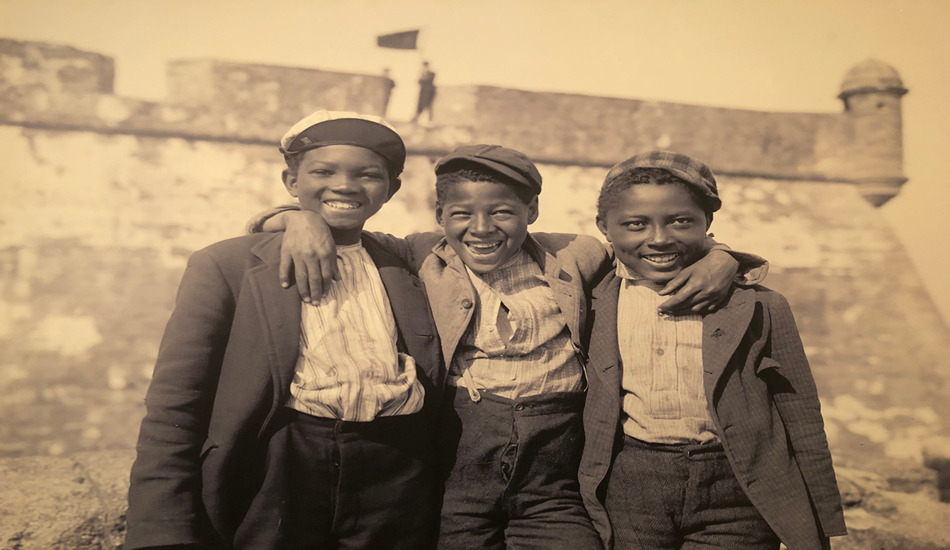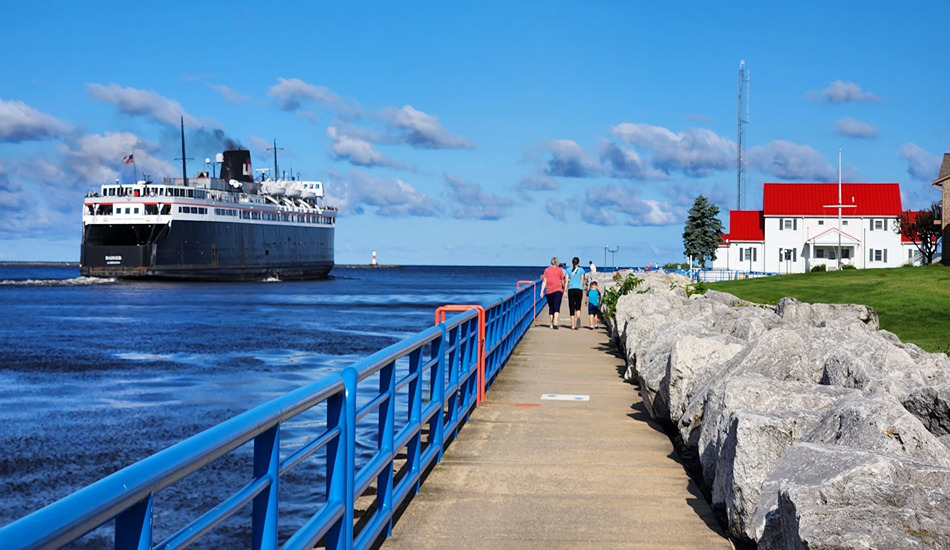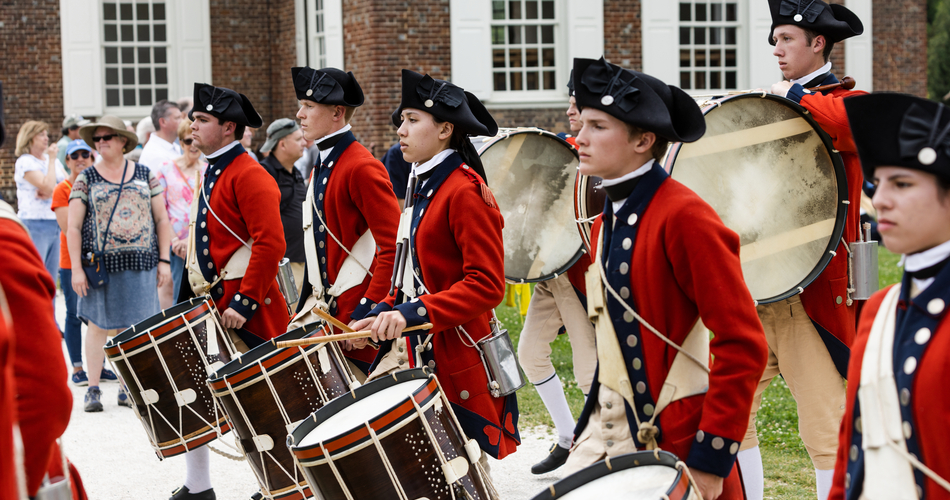This Florida city, a hotbed of 1960s civil rights protests, has many sites that recall triumphs and tragedies experienced by its African American citizens
By Randy Mink, Senior Editor
As the nation’s oldest continuously occupied European settlement, St. Augustine charms visitors with its Spanish colonial history, but the Florida coastal city also has stories to tell from an African American perspective. Fascinating chapters in black history, from life at an 18th century fort to 1960s civil rights struggles, come alive at several local attractions.
A good place to start is the Lincolnville Museum and Cultural Center, where exhibits document 450 years of the presence of blacks in St. Augustine and St. Johns County, beginning with slavery under European rule. It occupies a former high school in Lincolnville, a neighborhood founded by freedmen and women just after the Civil War.
St. Augustine’s Role in the Civil Rights Movement
Once a thriving middle-class community with black-owned businesses, Lincolnville claims few remnants from its heyday, a time when shops, cafes and music clubs populated Washington Street, the main artery. The neighborhood played a major role in the civil rights movement and was familiar territory for Dr. Martin Luther King Jr., who led marches and rallies in St. Augustine. Lincolnville today, only about 20 percent black, has gentrified and abounds with gussied-up Victorian homes.
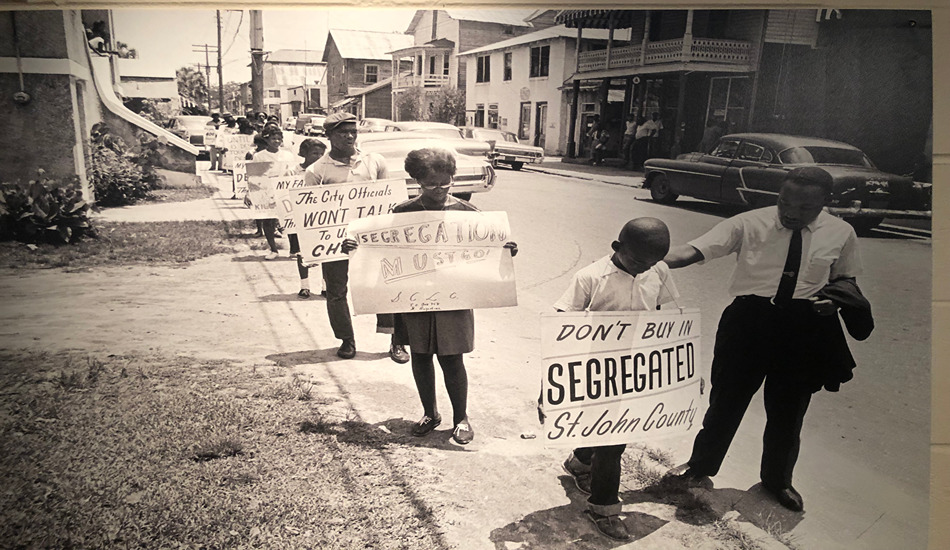
This photo in Lincolnville Museum and Cultural Center shows Dr. Martin Luther King taking part in a civil rights march in St. Augustine.
Visitors to the Lincolnville Museum learn about life during the Jim Crow era in the South and how the Ku Klux Klan targeted the neighborhood. In a gallery devoted to civil rights history is the only surviving section of the whites-only Woolworth’s lunch counter – complete with stools and footrests – where, in July of 1963, black teenagers staged a sit-in to protest discrimination after being refused service. Four were jailed and spent six months in juvenile detention. Hailed as heroes of the civil rights movement, they became known as the St. Augustine Four.
Adjacent to the lunch counter, a vintage TV set shows news footage of clashes with police during demonstrations in the ’60s. In May and June of 1964, St. Augustine stood at center stage of the movement. National press coverage of events there was credited with helping to end the U.S. Senate’s filibuster on the Civil Rights Act vote. King was in town when the historic legislation was signed into law by President Lyndon Johnson.
King’s fingerprint card from the county jail, on display at the museum, records his 1964 arrest in St. Augustine for unlawful assembly and civil disobedience. It is said to be the only known arrest record of its kind for King. Nearby, another unusual artifact: a pair of Western boots belonging to longtime FBI Director J. Edgar Hoover, who had amassed secret files on King and other activists. The boots, with initials JEH, were donated by the family of one of Hoover’s personal drivers.
Other exhibits at the Lincolnville Museum highlight:
- Skilled residents who captained and crewed St. Augustine shrimping boats
- Tourism businesses in St. Augustine that served black travelers
- A piano on display that belonged to entertainer Ray Charles, who began playing publicly at Lincolnville clubs as a teenager. He had learned music while attending St. Augustine’s Florida School for the Deaf and Blind from 1937-1945.
- Accomplished black military units like the Buffalo Soldiers and Tuskegee Airmen
More Civil Rights History in St. Augustine, Florida
Civil rights history also surfaces on the ACCORD Freedom Trail, which is made up of 31 markers. Tours of Lincolnville’s ACCORD Civil Rights Museum, the former office of dentist and civil rights leader Dr. Robert B. Hayling, can be arranged. (ACCORD stands for Anniversary to Commemorate the Civil Rights Demonstrations.)
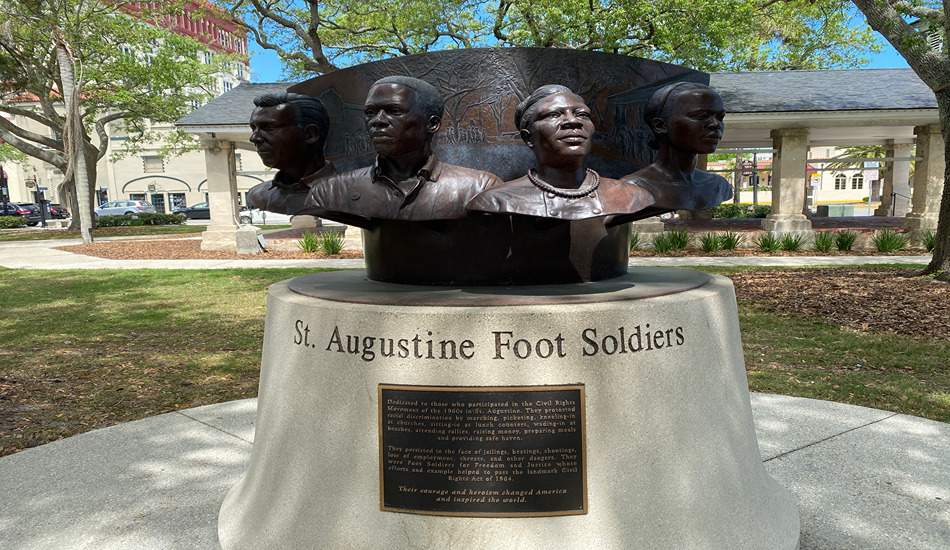
The Foot Soldiers Monument in St. Augustine’s Plaza de la Constitucion. (Photo credit: St. Augustine, Ponte Vedra, and The Beaches VCB)
In Plaza de la Constitucion, downtown’s central square, the Foot Soldiers Monument honors ’60s civil rights activists who endured beatings there while peacefully picketing. It consists of bronze tablets in the sidewalk and a bronze sculpture of four life-size busts representing anonymous black and white protesters. One marker recognizes Andrew Young, the former United Nations ambassador and Atlanta mayor. At King’s request, Young led a march from Lincolnville to the plaza and was brutally attacked by a white mob waiting for him. (The F.W. Woolworth store overlooked the plaza.)
African American History at Fort Mose
Fort Mose Historic State Park, in a marshy setting just north of downtown St. Augustine, tells another important story in the African American experience. Established in 1738, Fort Mose was the first legally sanctioned, free black settlement in what is now the United States. Nothing remains of the fort – the original wood and earth structures are gone – but the site and visitor center memorialize the slaves who fled British colonies to the north (Georgia and the Carolinas) to find freedom in Spanish Florida. Since the 13th century, Spanish law made freedom a possibility for slaves – they were allowed rights and protections, including the right to own property, freedom of religion, the right to marry, the right to judicial representation and a strict prohibition against separating family members.
Fort Mose, originally known as the settlement of Garcia Real de Santa Theresa de Mose, represents the beginnings of the Underground Railroad, though the path to freedom flowed from north to south. Escaped slaves often were aided by Native Americans on their way to St. Augustine.

Re-enactment at Fort Mose. (Photo credit: St. Augustine, Ponte Vedra, and The Beaches Visitors and Convention Bureau)
The Fort Mose site, managed by the Florida State Parks Service, was discovered in 1986 during an archaeological dig on private property. Reconstruction of the fort, many years in the planning, will become reality starting with an early 2024 groundbreaking.
“The impact of this project cannot be overstated,” says Susan Phillips, president and CEO of the St. Augustine, Ponte Vedra, and The Beaches Visitors and Convention Bureau. “Fort Mose is a critical piece of African-American history. It should be as iconic as the Castillo de San Marcos or the St. Augustine Lighthouse. It is a beautiful place, but that final historical piece is missing. The VCB is dedicated to sharing the story of Fort Mose and doing what we can to move this project forward.”
The fort’s monthly Militia Muster features musket firing demonstrations by costumed re-enactors. Every June, a coalition of free black Fort Mose militia, Spanish militia and Native American allies fight the British and Scottish invaders at the Battle of Bloody Mose. It’s a reenactment of an actual battle that took place on June 26, 1740, during General Oglethorpe’s invasion of Spanish Florida.
Besides soaking in history, park visitors enjoy spotting wood storks, ibis, roseate spoonbills and other birds that inhabit the wetlands. Bald eagles are seen during autumn migration.
Dramatic Living History Tour in Old St. Augustine, Florida
At the Ximenez-Fatio House Museum in St. Augustine’s Old Town, a special tour of the fashionable 1800s boarding house is led by costumed actors who portray the enslaved black people who kept the business functioning for its wealthy guests. They cooked every meal, cleaned every sheet, took care of children and maintained the gardens.
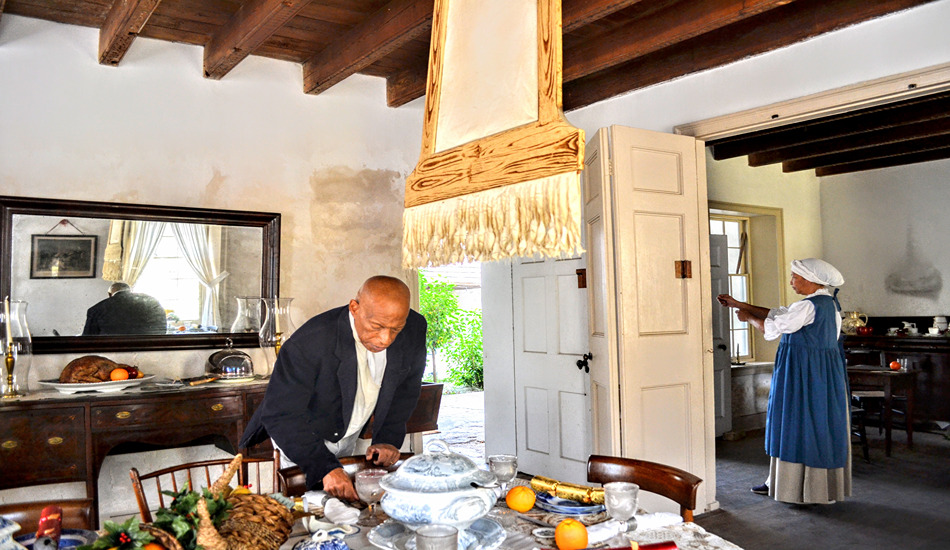
A special tour at the Ximenez-Fatio House Museum features actors who portray enslaved workers and their important roles at the boarding house. (Photo credit: Ximenez-Fatio House Museum)
Offered to the general public during Black History Month in February and by prior arrangement for groups at other times, the museum’s “I Lived Here as Well” performance gives voice to those forgotten servants who were at the beck and call of their enslavers (and boarders) 24 hours a day.
For more travel ideas on Florida, be sure to Subscribe to Leisure Group Travel magazine for FREE.
Lead Photo – This photo displayed in the Lincolnville Museum and Cultural Center is one of many documenting life for African American citizens in St. Augustine. These boys are outside the walls of Castillo de San Marcos, a fort established by early Spanish settlers and one of the city’s signature tourist attractions.


